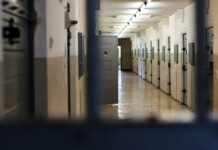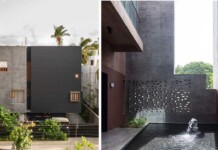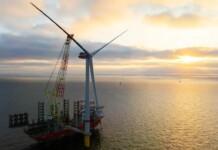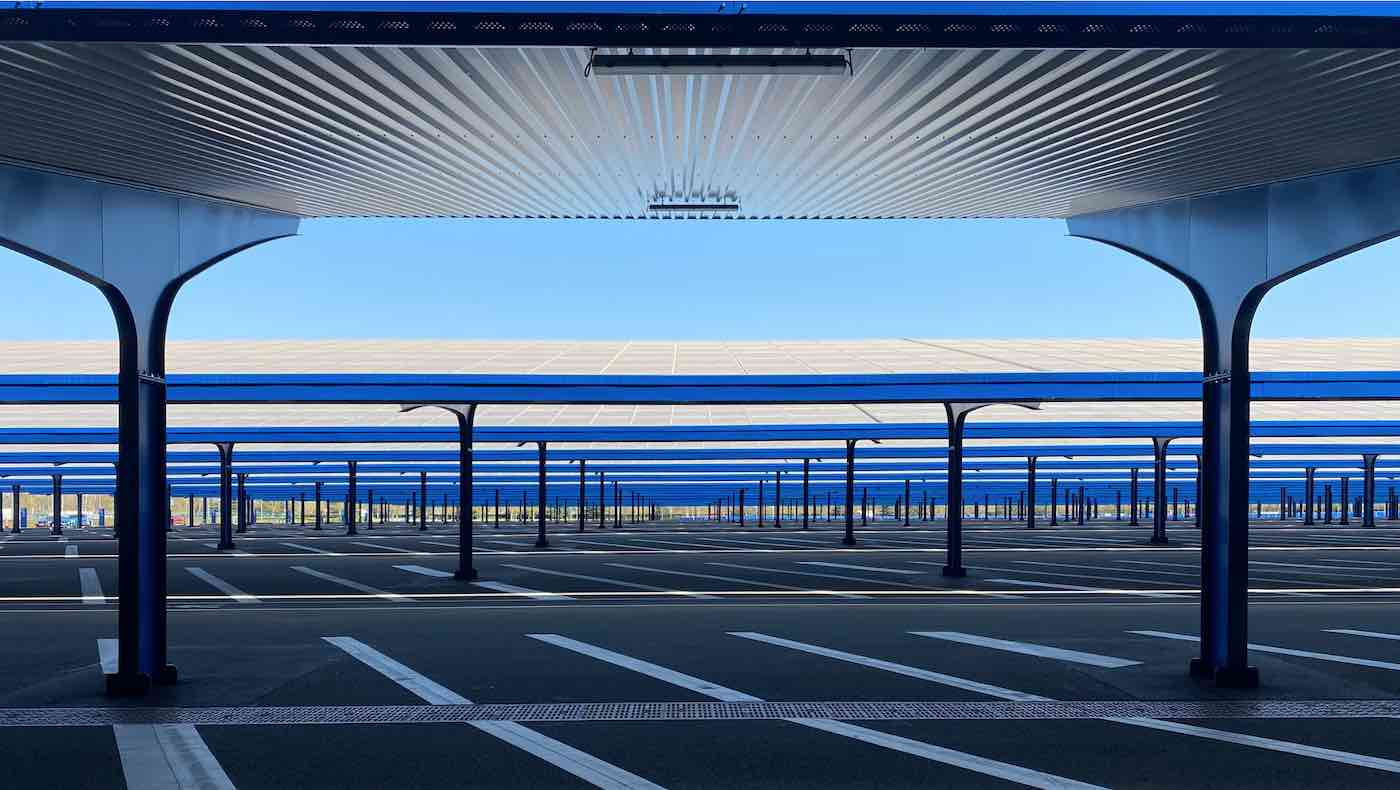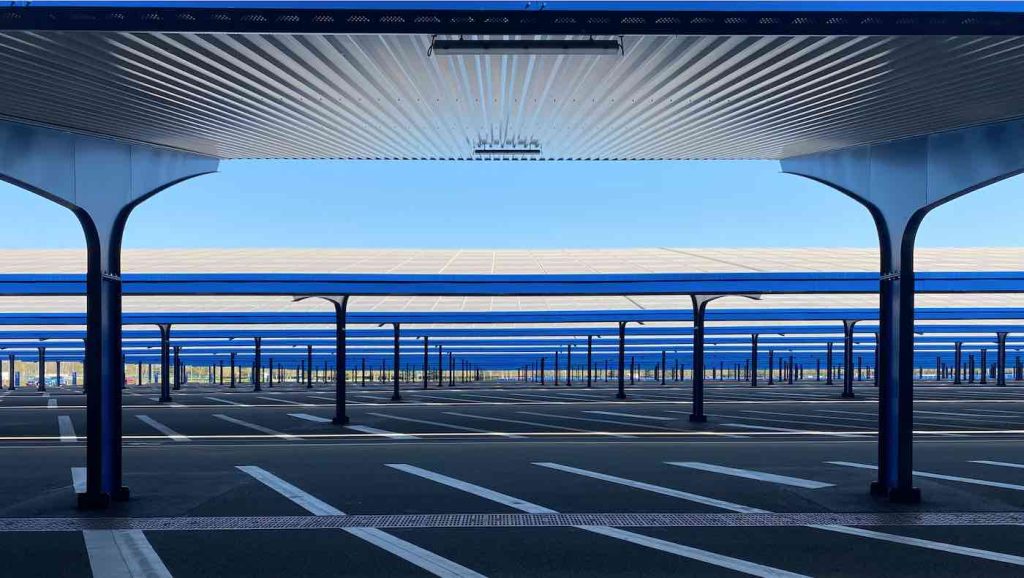
The transit agency for the Washington, DC Metro area announced Friday a deal worth up to $50 million over 25 years to install solar panels atop buildings and parking structures at four subway rail bus stations.
Combined, Metro says the four sites will generate 12.8 megawatts of electrical capacity and make this “the largest community solar project in the National Capital Area and one of the largest in the nation”.
It will also provide Metro customers who park their cars at the stations with new shaded parking and protection from the elements.
Under the agreement, SunPower Corp. will install photovoltaic solar panels over carports and canopies that shade surface lots and above parking garages. The four Metro sites are: Anacostia, Cheverly, Naylor Road, and the Southern Avenue stations.
RELATED: Detroit Getting First Public EV-charging Road in the US to Power Electric Vehicles Wirelessly
Goldman Sachs Renewable Power will own the solar power system and provide annual payments to Metro through 2047, providing a long-term revenue stream that will support the regional transit agency’s operations—at no cost to Metro, which is run by governments of DC, Maryland, and Virginia.
“This project benefits residents of our region, even people who don’t ride Metro, by leveraging the potential of our stations to generate revenue and increase the community’s access to a clean, renewable source of energy,” said Metro CEO Paul Wiedefeld. “This project advances the region’s sustainability goals while generating revenue to help keep Metro safe and affordable in an extremely tight budget environment.”
When complete, the stations (located in DC and Prince George’s County, Maryland) will have 17 acres of photovoltaic solar panels—the equivalent of 13 football fields—and generate enough electricity to power at least 1500 single-family homes. Homes and businesses in the local PEPCO area will be able to sign up for a share of the clean, renewable energy generated by the project while saving on their utility bill.
The project is part of Metro’s sustainability initiatives and will help advance the Clean Energy DC Plan that seeks to cut carbon emissions in half—and transition to 100 percent renewable energy by 2032. Construction is expected to begin early next year.
MORE: First Ever Commute in The Jetson Flying Car – CEO Says it Can Make You a Pilot in 5 Minutes
LET THE Sun Shine on Social Media By Sharing the Good News…


